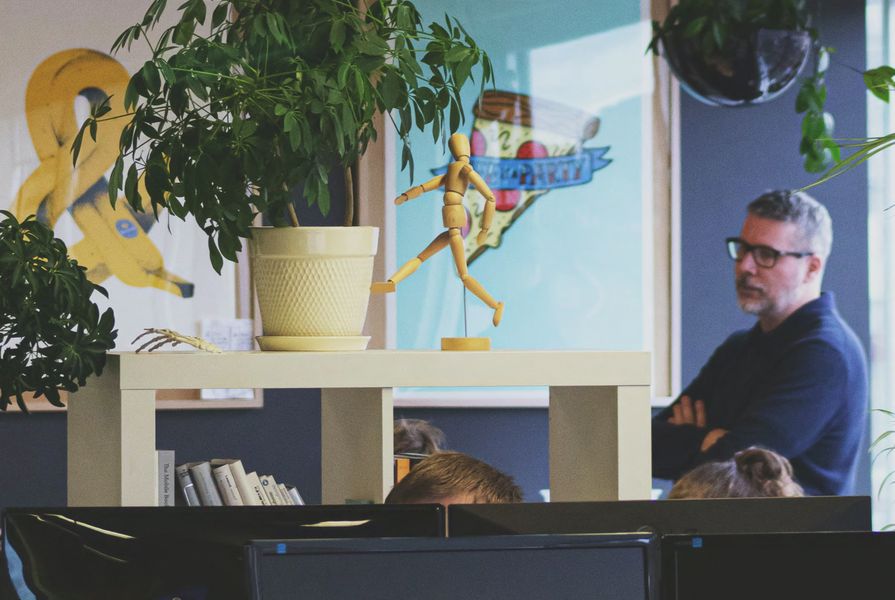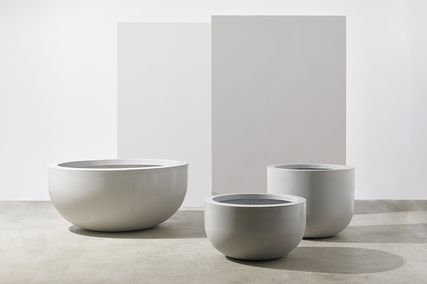The architecture industry is suffering from a “collective COVID hangover,” even as the effects of the pandemic and ongoing lockdowns continue to be felt, new research released by the Australian Institute of Architects reveals.
The survey of Institute members found that firms in all states and territories were largely in recovery mode after the initial shock of the pandemic, while there continued to be changes in the type of opportunities available to architects and a consolidation in remote working.
A similar survey undertaken in July 2020 revealed a substantial slowdown in projects as well as cutbacks in employment and wages. This year’s survey found that 55% of respondents had retained and grown their client base, while a further 7% had retained and sustained; 35% had lost and replaced their client base, with only 3% losing and not replacing clients.
There has been a significant shift in the type of project opportunities available to architects, however. One-off residential opportunities have increased, while there has been a marked decrease across some sectors, including commercial (–30%), multistorey residential (–29%), retail (–21%) and culture and entertainment (–21%).
The findings also underscore the importance of face-to-face contact with new clients. While only 10% of respondents reported that their relationships with existing clients had been negatively impacted by the shift to exclusively virtual interactions, 29% reported a negative impact on relationships with new clients. One respondent remarked, “Nothing beats a face-to-face meeting.”
The pandemic has had a lasting impact on practices’ remote working policies, with 36% reporting that they had now introduced a flexible approach to work, with time both in the office and working from home. This is on top of the 26% who already had a flexible work policy in place and in contrast to the 25% who expect their team to eventually return to full-time work in the office.
Views diverged on whether working from home impeded creativity, with one-third of respondents (33%) believing it did while the majority (60%) said creativity was unchanged.
An overwhelming number of respondents thought design outcomes were unaffected by remote working. On questions of communication, productivity and collaboration, the results were mixed, with respondents more or less evenly split on whether working from home has had a positive or negative impact.
Institute CEO Julia Cambage said the survey results were encouraging. “As we have learnt over the last year and a half, the world can change overnight,” she said. “While the pandemic continues to affect the operation of architectural practices around the nation, this survey shows that members are responding well with agility to changing market dynamics.”
Some of the key findings of the survey were:
- 76% of firms said their relationships with existing clients remained unchanged as a result of forced online networking and meetings.
- The negative impact of solely connecting with clients online jumps from 10% with existing clients to 29% with new clients.
- 55% of respondents reported that they had retained and grown their client base, with only 3% losing and not replacing clients.
- 78% of respondents are now networking with clients through a new COVID-19 norm (a combination of online and face-to-face engagements), with 17% returning to face-to-face only and 5% remaining online only.
- The percentage of practice participation among respondents has dropped across all sectors other than one-off residential projects.
- The sectors where respondents identified the largest decrease in project opportunities over the last 1.5 years included commercial (30%), multistorey residential (29%), retail (21%) and culture and entertainment (21%).
- 27% of respondents said that they have explored new services to sell to clients over the last 1.5 years.
- 70% of practices reported that the change to remote working had not impacted design outcomes.
- 36% of practices surveyed now offer a flexible approach to work, with time both in the office and working from home.
- As at July 2021, 48% of practices surveyed reported observing somewhat of a decline in mental health within their practice due to COVID-19.
The data within the report was collected in July 2021 and represents the views of more than 135 practices around the country that collectively employ approximately 4,700 architects. Download the report here.
















